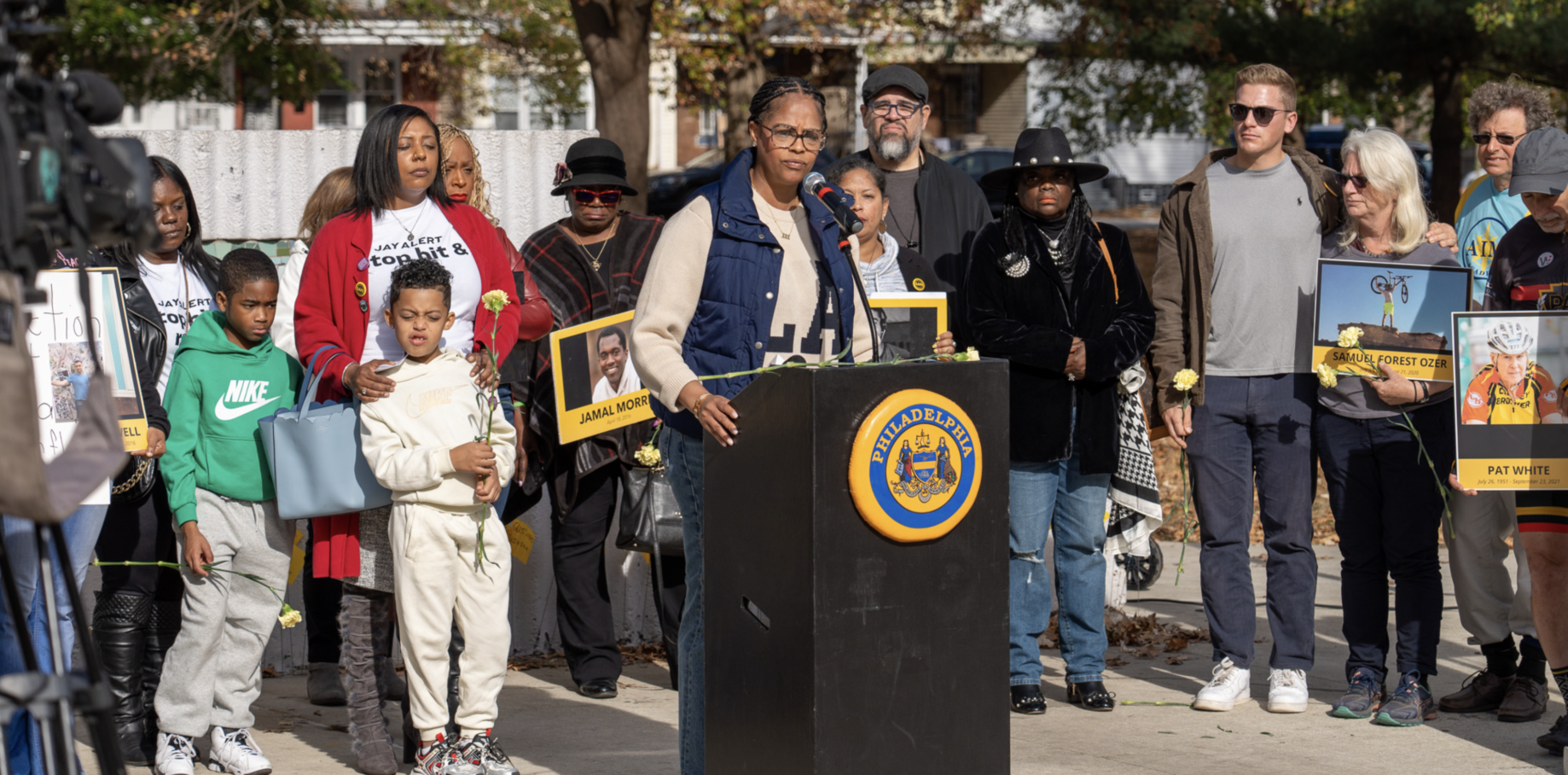Bussiness
Homeless people scatter as city, business owners welcome cleaner downtown | Cascadia Daily News

Editor’s Note: This story is part of an occasional series covering the impact of homelessness in Whatcom County.
Nearly two months after Mayor Kim Lund issued an executive order to combat drug use and clean up Bellingham’s downtown, many homeless people have fled a heavier police and public works presence, dispersing to other areas.
The movement away from downtown alleys and corners to more discreet locations has presented challenges to outreach workers assigned to connect with homeless people, such as the Opportunity Council’s Homeless Outreach Team (HOT).
“We are seeing folks in very unusual parts of town now, with many calls coming from community members that state, “We haven’t really seen this in our area before. What is happening?’” Whatcom Homeless Service Center director Teri Bryant and HOT coordinator Marisa Schoeppach said in a joint statement. “HOT is disbursed more widely all over the city as a result.”
A Cascadia Daily News reporting team observed more homeless people gathered and sleeping around Whatcom Creek and near City Hall, and spoke with a pair who feel they’ve been pushed out of camping downtown.
When asked about homeless people leaving the downtown core, Lund said there’s been “a concentration of behaviors and impacts in one very discreet area for a long time,” and said the executive order actions have “made it more diffuse.”
“I see more people right along Whatcom Creek here and outside of City Hall, and I’m totally OK with that,” Lund said. “Because it doesn’t disrupt my ability to do, or city employees’ ability to go, about our work.”
The Feb. 20 executive order established a broad range of actions to combat the fentanyl crisis including upping police patrols to target drug distribution and use and public works cleanups of downtown alleyways and streets. A first-responder office was established near the Commercial Street Parking Garage.
Some metrics show early positive results in EMS service time and drug arrests, according to city and police data, and many observers note that the city’s downtown core, overall, appears cleaner.
Lund said the city is still analyzing metrics measuring the impact of the executive order, but early data and the positive feedback she’s received from downtown business owners suggests some progress. Prior to the executive order, business owners told Lund their revenue was declining.
“By diffusing the problem a bit, we’re not solving it,” Lund said, “but we are abating some of the impacts for small local businesses.”
Homeless people scatter
Bryant and Schoeppach said April 1 that “without robust immediate shelter options” in the city, clients are relocating to other parts of town.
HOT has received calls about homeless people in more “remote and residential areas,” in abandoned buildings and houses, and calls from the Washington Department of Transportation about people attempting to set up camp by freeway entrances and exits.
The dispersal of people impacts HOT’s “turnaround time” to assist and connect people to resources, Bryant and Schoeppach said.
HOT is “doing their best” to spread out across the city in order to maintain relationships with clients, workers said.

For Shannon Regan, 53, and Amber Morris, 48, who are both homeless, increased police presence downtown has pushed them and others out of the downtown core, north toward Meridian Street.
“We’re the unsightly mess that needs to go away, I guess,” Regan said. “But there’s nowhere for us to go.”
Regan and Morris prefer to sleep outside because they have more control over their lives, in comparison to places like Base Camp, but they’re staying at the shelter for now. They recently were forced to move from where they were sleeping behind the county jail.
Morris said it’s difficult to overcome the hurdles of a long waitlist for affordable housing and being forced to move around the city from place to place. Bryant said April 18 that there are currently 641 households in the Whatcom Homeless Service Center’s housing application system who have not yet received a referral to a program.
“You’re so caught up in the red tape of it all that you can never get ahead on anything,” she said.
Lund said the city has an important role to play in housing, pointing to the recent purchase to relocate the tiny homes village. She said the city is eager to purchase additional real estate to expand more tiny home villages and housing opportunities.
Morris would like to see a consistent place for homeless people to camp, too. Lund said the city is interested in exploring safe parking, but has not yet found an agency willing to do that work.
Early metrics show a ‘positive trend’
Lund said the focus of the work downtown is not to cite or punish people for being unhoused. The number of citations for sitting and lying downtown is essentially unchanged from before the order, she noted.
Police officers cited fewer than five people between January and the end of March for sitting or lying downtown, according to Bellingham Police Public Information Officer Megan Peters.
“This really is an emphasis on disrupting illegal activity connected to fentanyl,” Lund said, adding that police directives are to support unhoused people, not to cite them.
She said she’s seen officers and outreach workers call place after place trying to find shelter for people.
“We need to provide more opportunities to connect people, and then it’s also hard when we do have opportunities to connect them and sometimes people say no to those opportunities,” Lund said.

Police have arrested more people on drug violations in the weeks since the executive order, compared to the weeks before.
Between Jan. 1 and Feb. 20, the police department arrested 10 people on drug violations in the central business district and immediate outlying areas. But between Feb. 20 and March 29, they made 31 arrests, Peters said in an email. Drug violation arrests include both possession and use of controlled substances.
Lund said some of these arrests have been connected to the distribution of fentanyl.
Lund said the city, Whatcom County and local tribes are working together to “drain that supply” of illegal drugs and work on “medicated alternative treatments.”
Lund said the city is working to bring in mobile medical units to support up to 400 more individuals to use methadone or suboxone to manage substance use disorders.
Two months into the executive order, Lund said the most positive trend is an average decrease in the amount of time spent on each overdose call. It’s a sign of a quicker response, and EMS 4.5 more hours monthly to respond to other emergencies.
Business owners see changes
Another measure of success has been qualitative: Lund said community members have thanked her for the changes they’ve observed downtown. She cited Daylight Properties’ move to reduce their security contract as an example of the positive changes. Daylight manages 21 buildings downtown.
“To me, that feels like evidence of the virtuous cycle up, versus the downward cycle that we’ve been in,” Lund said.
Daylight interim CEO Crina Hoyer said the company reduced security in advance of the executive order because she was hopeful Lund would follow through on her campaign promises. Since the executive order, Hoyer immediately noticed the work being done in the alleys and the additional patrols.
“It just seemed like the city was back … the city government was putting time, energy and resources into downtown again,” Hoyer said.
In 2023, Hoyer said, tenants, residents and staff of Daylight buildings were “significantly impacted” by “vagrancy, illegal drug use” and sometimes violence downtown.
“I understand that anything that’s being done right now in regard to the fentanyl crisis isn’t solving the problem but rather moving it to areas that are not in the downtown core,” Hoyer said. “We obviously have a lot of work to do around addiction and access to justice and access to mental health resources.”
The Downtown Bellingham Partnership and the business community noticed a “nearly immediate” improvement in the cleanliness of streets, sidewalks and alleyways, according to Interim Executive Director Lindsey Payne Johnstone.
Johnstone said there is relief that the city is “acknowledging the burdens the fentanyl crisis expounded on not just businesses, but workers, visitors, customers, and those most vulnerable living unsheltered in our city center,” she said. “Most businesses see the full scope of the issue and are not simply protecting their livelihood but seeking relief from the trauma of witnessing people suffer or overdose.”
The owner of Cute But Crazy Socks on Cornwall Avenue, Urania Shaklee, has directly experienced the impacts of the downtown’s struggles.
Year to date, revenue at the sock shop is down 40% for in-store sales. Operating downtown since 2011, Shaklee said she knows her numbers, and this decline is an anomaly, with an exception for the pandemic. The business has spent $6,000 this calendar year to repair and mitigate property damage because of drug consumption around the business, and in the last six months, her business partner resuscitated two people who overdosed.
Shaklee said the cleaner alleys feel “refreshing right now,” but that she wants evidence of the impact of this executive order, and support for homeless people forced to move.
“Could, in this moment, the city provide just a basic place for people to exist, where organizations can come to offer services, where the options for treatment or counseling could be offered?” she asked.
Measuring success of the executive order
Two months into the executive order, Mayor Kim Lund said the city is still figuring out how to measure its success.
Weekly, Lund said she meets with the fire chief, police chief and public works director to discuss whether they’re asking the right questions and looking at the right data.
So far, Lund said they’ve been tracking overdoses downtown, response time to overdoses, time supporting a person who has overdosed, and citations for selling drugs or public drug use.
Every two weeks, Lund also hosts a cross-departmental meeting to look at the revitalization of downtown.
“We have this much bigger group of city key brains thinking about what happens after this first year. Where are we going in years two and three? Where’s year 10 taking us, in terms of downtown?” Lund said.
In these meetings, Lund said they’re looking at a “very different” set of metrics. Those include how many people are coming downtown, vacant store square footage, business and occupation tax, the number of minority-owned businesses, and if they started an incubator project, how many businesses are opened from that project.
Charlotte Alden is CDN’s general assignment/enterprise reporter; reach her at charlottealden@cascadiadaily.com; 360-922-3090 ext. 123.










